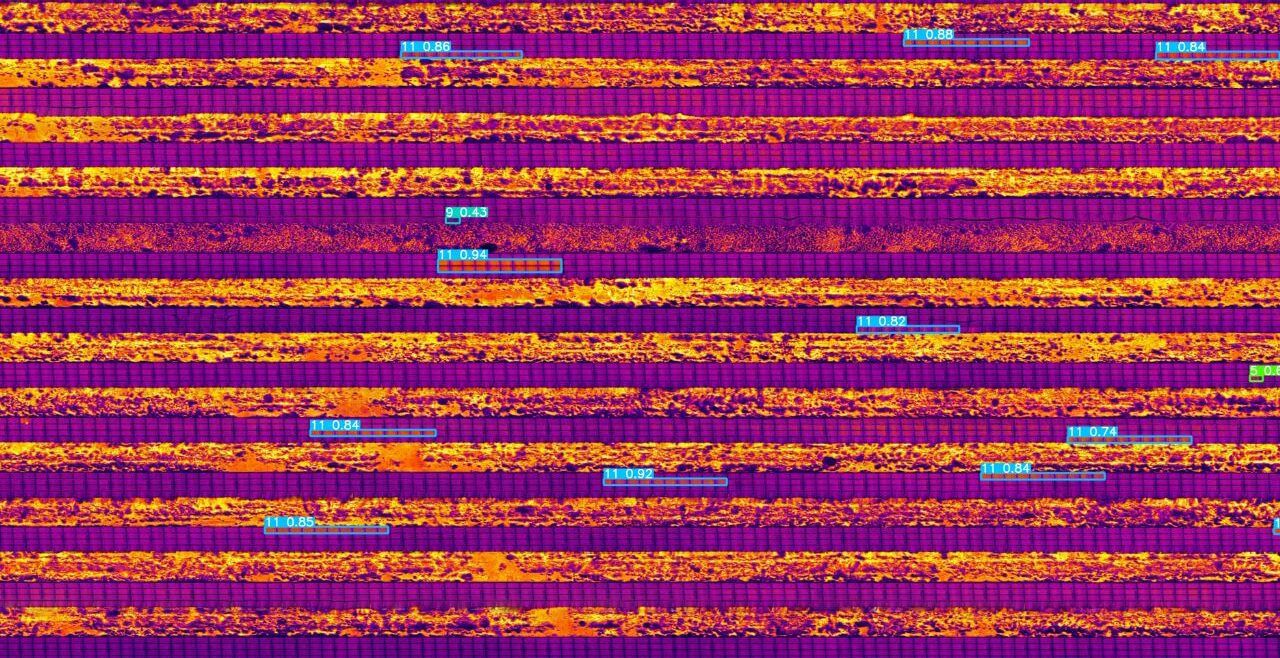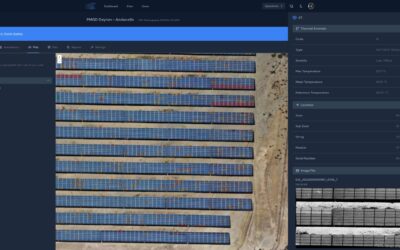Drones and artificial intelligence (AI) have been at the forefront of technological advancements in recent years, with a wide range of applications in various industries. These technologies have not only improved efficiency and productivity, but they also have the potential to revolutionize the way we live and work.
Drones, also known as unmanned aerial vehicles (UAVs), have come a long way since their initial use in military operations. They are now used in a variety of commercial and civil applications such as monitoring and surveillance, deliveries, industrial inspections, agriculture, mapping, and many more. The development of smaller and more maneuverable drones has also made it possible to operate in confined spaces, while autonomous drones can operate without human control.
One of the latest developments in drone technology is the integration of AI and machine learning algorithms to improve their performance and decision-making capabilities. For example, drones equipped with thermal cameras and AI algorithms can detect and diagnose issues in power lines and industrial equipment, while drones equipped with multispectral cameras and AI algorithms can analyze crop health and predict yields.
On the other hand, AI has also been making significant strides in recent years. The use of machine learning algorithms has enabled the development of more advanced and sophisticated systems that can analyze data, make predictions, and improve performance.
This has led to the development of AI-powered drones that can navigate and make decisions autonomously, without the need for human intervention.
Another important development in AI is the integration of natural language processing (NLP) and computer vision. NLP enables AI systems to understand and respond to human speech, while computer vision enables them to understand and interpret visual information. This has led to the development of drones that can respond to voice commands and navigate through complex environments, such as in search and rescue operations.
Furthermore, the use of deep learning algorithms has enabled the development of highly effective image recognition algorithms that can be use on multiple use cases such as agriculture, energy, homeland security among others.






0 Comments